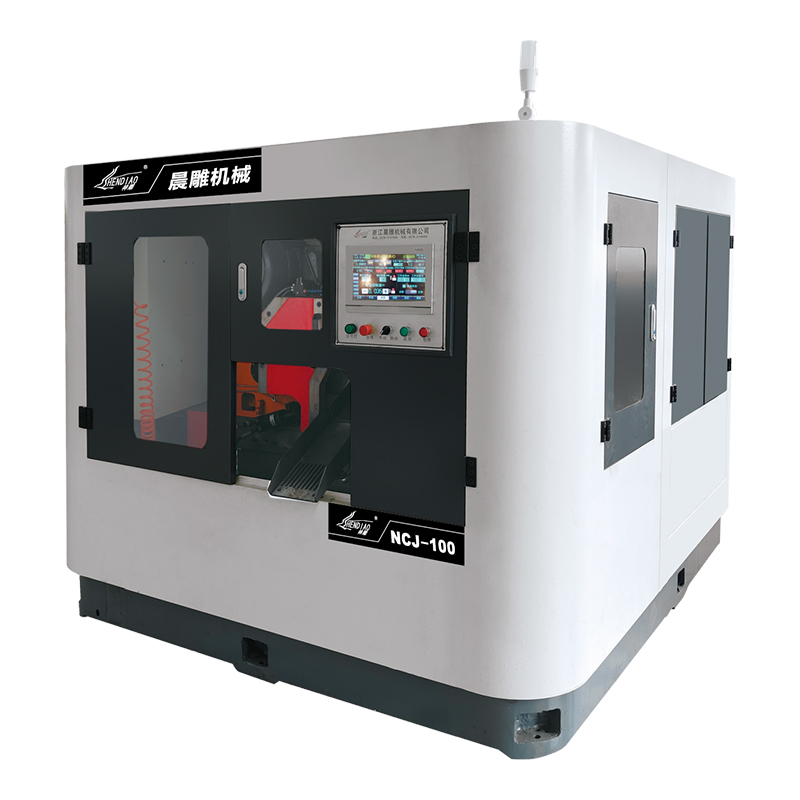GZ1515/170G Automatic Hydraulic Feed Sawing Aluminum Plate Circular Saw
Cat:Circular Saw
Suitable for cutting aluminum alloy plate, high efficiency (3 times of...
See DetailsIntroduction: The Demands of Continuous Industrial Cutting
In industrial metalworking environments, machinery is often required to operate for extended periods without significant downtime. This is particularly true for cutting operations involving aluminum plates, where precision and speed must be maintained continuously. One of the widely used tools for such tasks is the aluminum plate cutting circular saw machine. The machine’s ability to perform consistently over long hours can significantly influence production efficiency, operational safety, and product quality.

Structural Features Supporting Operational Stability
A key aspect of ensuring stability during long-term use lies in the machine’s structural integrity. High-quality machines are built using robust frames that resist vibration and mechanical distortion. The rigidity of the main base and the alignment of moving components play a critical role in maintaining cutting accuracy even after several hours of operation. Additionally, thermal expansion — a typical concern in prolonged cutting — is mitigated through the use of temperature-resistant alloys and active cooling systems.
Spindle and Motor Performance Under Load
The performance of the motor and spindle assembly is central to the saw’s ability to work continuously. Industrial-grade models use powerful, brushless motors designed for low heat generation and long-term performance. These motors often feature variable frequency drives (VFDs), which help control the speed dynamically based on the cutting load. Stable spindle rotation, even under fluctuating material thicknesses or density, ensures the blade remains steady and accurate throughout prolonged use.
Blade Wear and Cutting Accuracy
During continuous cutting, blade wear can be a major issue that directly impacts stability. To combat this, modern machines often utilize coated or carbide-tipped circular saw blades, which offer longer life spans and reduce the frequency of blade changes. More importantly, some machines include automatic blade compensation systems or real-time monitoring that adjust cutting parameters to compensate for blade degradation, thus preserving cut quality over time.
Thermal Management and Vibration Control
One of the significant challenges during continuous cutting is managing the heat generated at the blade-material interface. Advanced models incorporate mist or flood cooling systems, which dissipate heat and prolong both blade life and motor efficiency. At the same time, anti-vibration systems — such as dual-support blade mounts or damping materials in the frame — reduce mechanical oscillation, maintaining both safety and accuracy in high-speed, continuous cuts.
Software Integration and Diagnostic Monitoring
To maintain operational stability, many aluminum plate cutting machines now come with smart control software that continuously monitors critical parameters such as blade temperature, motor load, and feed speed. Some systems offer predictive maintenance alerts that warn operators before a component reaches a failure point. This proactive design reduces unexpected downtimes and allows for smoother long-term operation.
Conclusion: Consistency Through Engineering
In summary, the ability of an aluminum plate cutting circular saw machine to maintain stability during continuous operation is the result of multiple interrelated design factors. From a solid structural frame and efficient motor system to advanced cooling and intelligent software, each element contributes to the machine's sustained precision and reliability. For manufacturers who require uninterrupted, high-volume aluminum processing, investing in a well-engineered saw machine can ensure consistent productivity without compromising on quality.